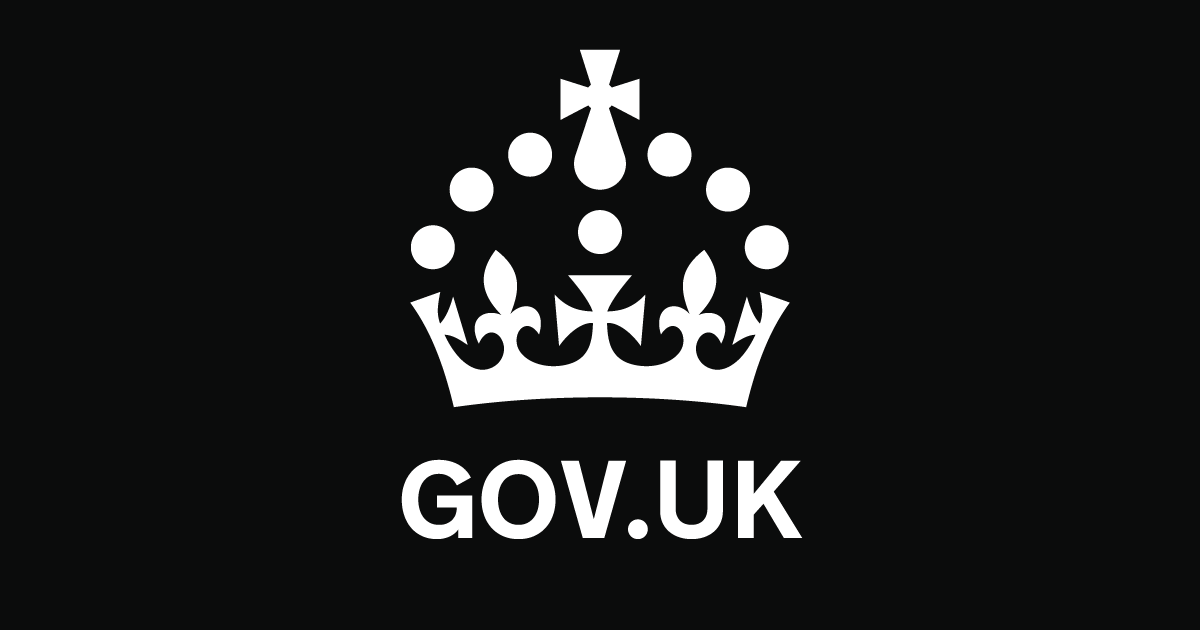That would be correct for AC charging but not for DC charging. For DC charging the losses are in the charger that is external to the car.
With the general caveat that I haven't looked at either the electrical schematics for a typical Tesla vehicle, or for a typical fast charger ...
In the past when I have looked for one, I have not been able to locate commercially available DC energy (kWh) meters that are compliant with the EU MID Directive*. Believe me at the time I looked very hard over several years, and had discussions with UK's Ofgem and with various DC energy meter manufacturers. I was contributing to various of the relevant renewable energy standards committees at the time (as a pro bono expert) and this was by no means an idle search out of intellectual curiousity. These DC energy (kWh) meters existed, but were not certified as being MID-compliant. Maybe, or maybe not, they were compliant but they were not certified. There was a catch-22 in that the device manufacturers would not go through the certification processes (and maybe redesign processes) unless there was a proven market for at least several thousand devices; but the market would not exist unless an MID-certified device existed. At one point we even considered manufacturing them ourselves and putting them through certification.
(As a work-around we could identify various alternative ways to be MID-compliant, but they required use of comparatively expensive lab-type equipment & components and so were not commercially cost-effective. What I am describing here is commercially available and economically viable (COTS) components/equipment.)
Now firstly any Brexiters can crawl themselves back in their horrible boxes, as this is still the pertinent legislative requirement in both the EU and the UK and any EEA/EFTA country, and many other countries that have adopted EU/CE standards suites. Secondly the device (i.e. the charger) must be MID-compliant in what it sells, i.e. it cannot use a non-MID-compliant meter to measure the amount of energy to bill to the customer (at least not in UK/EU/etc). Therefore unless Tesla (or any other charger operator/designer/manufacturer) have engineered (and then certified) an MID-compliant DC meter the charger must (shall) use the AC meter as being the MID-compliant meter. If so this means that any AC>DC rectification losses that occur in the charger would not be measured.
However it may be that the charger operator applies a discount to the DC channel to allow for the rectification loss within the charger. Without either carrying out testing of a typical charge cycle, or getting verification from a manufacturer, I do not know.
This is not just an issue that may be relevant to the DC car-charger market. It can also affect the DC-coupled storage market.
Of course the availability of such a certified device may have improved in the last few years, and I myself have not researched this for a few years, but a phone conversation I had fairly recently suggests not.
* =
EUR-Lex - 32014L0032 - EN - EUR-Lex



